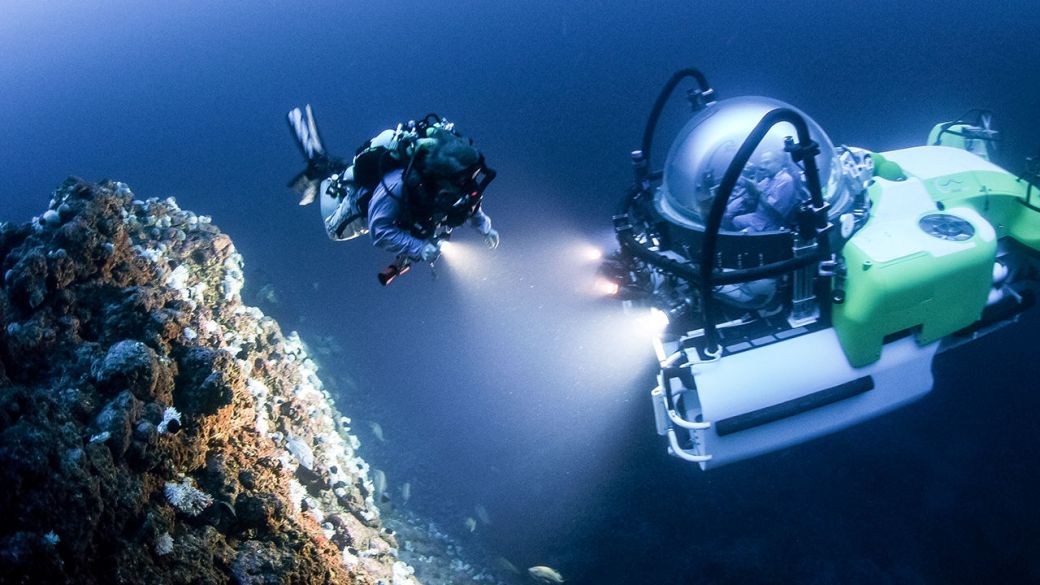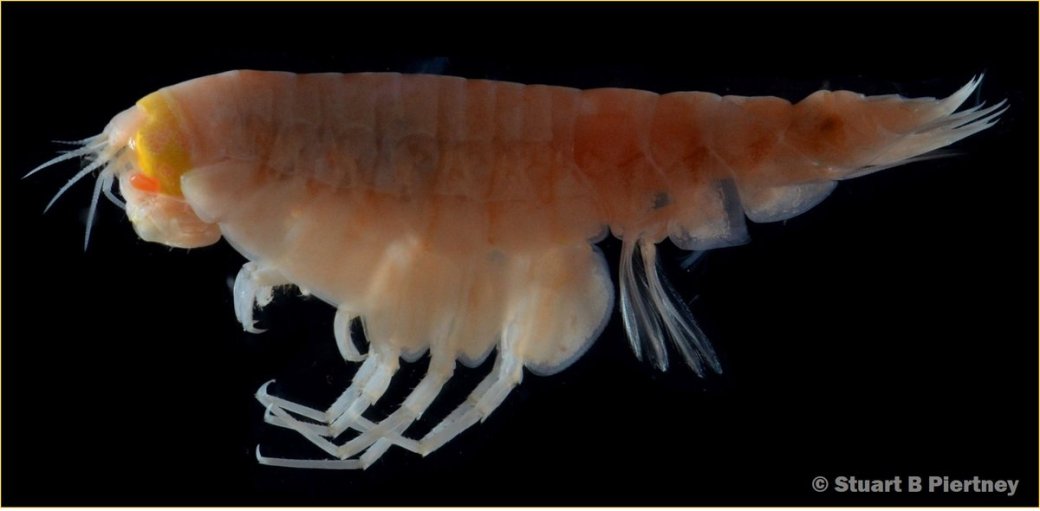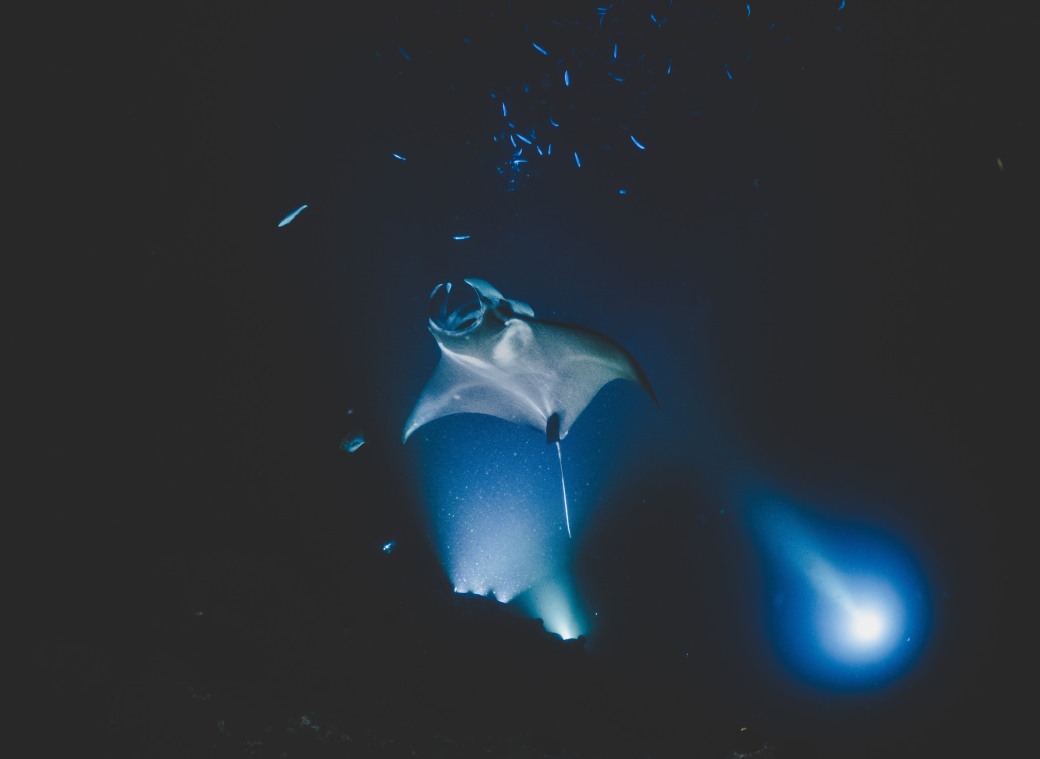
“There has been a debate about fish welfare for decades which centres on the question of whether they are sentient or conscious. In other words do fish have an awareness of internal and external stimuli and do they possess the ability for self-recognition/awareness?
In 2016 a study was published by Dr Csilla Ari and Dr Dominic D’Agostino on giant manta rays (Manta birostris), which explored the notion of whether these elasmobranchs could be classed as self-aware. Giant mantas have the largest brain of all fish species, as described by Ari in 2011; they often form large feeding aggregations, suggesting complex social interactions and are often referred to as intelligent. They were therefore seen as ideal candidates for investigating self-awareness.
For the study Ari and D’Agostino used the mirror self-recognition test (MSR), a method originally developed by psychologist Gordon Gallup in 1970 as a way to determine whether a non-human animal has the ability to recognise itself. The MSR is considered a reliable behavioural index and has been used to prove self-awareness in the great apes (bonobos, chimpanzees, orangutans and gorillas), bottlenose dolphins, Eurasian magpies and Asian elephants…
Overall, Ari and D’Agostino’s study provides evidence for behavioural responses known to be prerequisites for self-awareness and which have been used by other researchers to confirm self-recognition in ape species. Given that self-aware species are known to exhibit complex social behaviours, cooperative behaviours and empathic behaviours, this experiment and the other mentioned studies shine a light on the potential cognitive capabilities of fish and calls into question the ethical practices of current fisheries.”
-Dr. Lauren Smith, The Guardian
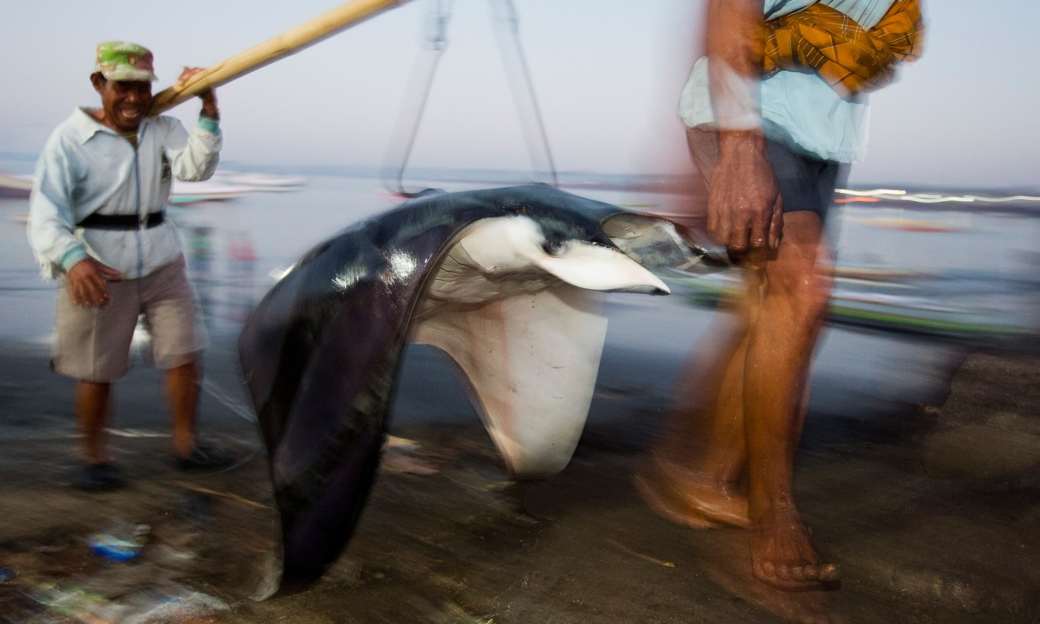
A mobula ray is offloaded at the Tanjung Luar fish market, Lombok, Indonesia. In Indonesia and Sri Lanka, populations have plummeted by 56% to 86%, according to a report by Wild Aid and Shark Savers. Photograph: Paul Hilton
Today, manta rays and many species of sharks are being fished and sold as delicacies in other parts of the world. Shark finning typically gets most of the attention for elasmobranchs, however giant manta gill harvesting has become a primary threat towards these majestic creatures.
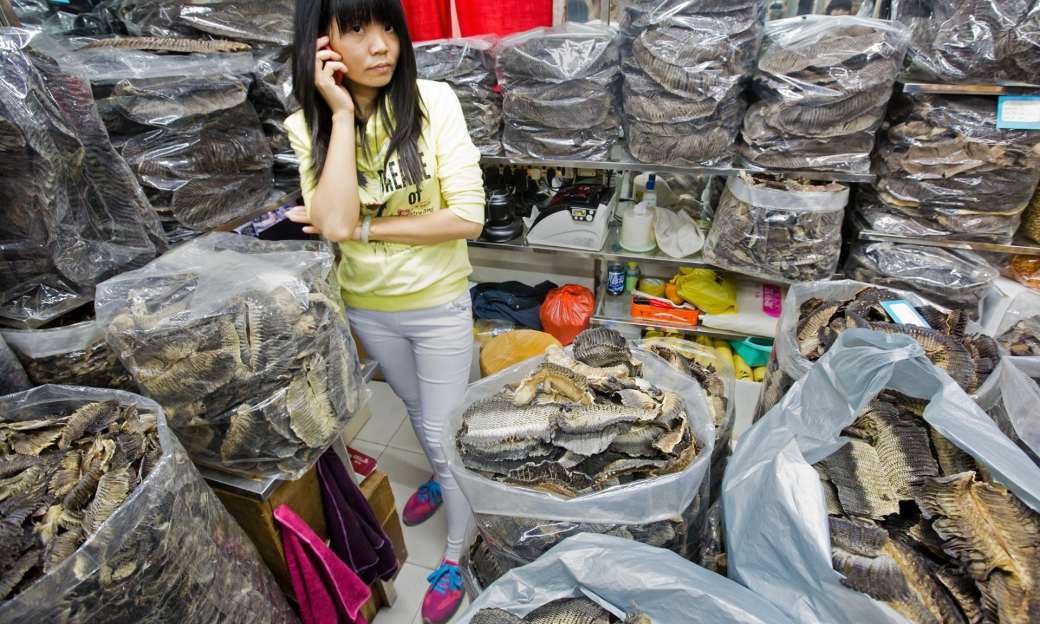
Gills for sale in the dry seafood markets of Guangzhou, China, where an estimated 99% of the world’s gill consumers are found. WildAid has launched a campaign including billboards, social media, TV and radio messages and news stories to inform the public of the ecological and human impacts of consuming the gills. Photograph: Paul Hilton

A mobula ray is processed for its gills in Sri Lanka. Local fishermen might receive as little as $40 for one ray, but by the time the dried gills have reached their market in China, the price will have risen by as much as 50 times. Photograph: Paul Hilton
Please visit Shark Savers for more information on how you can help!


